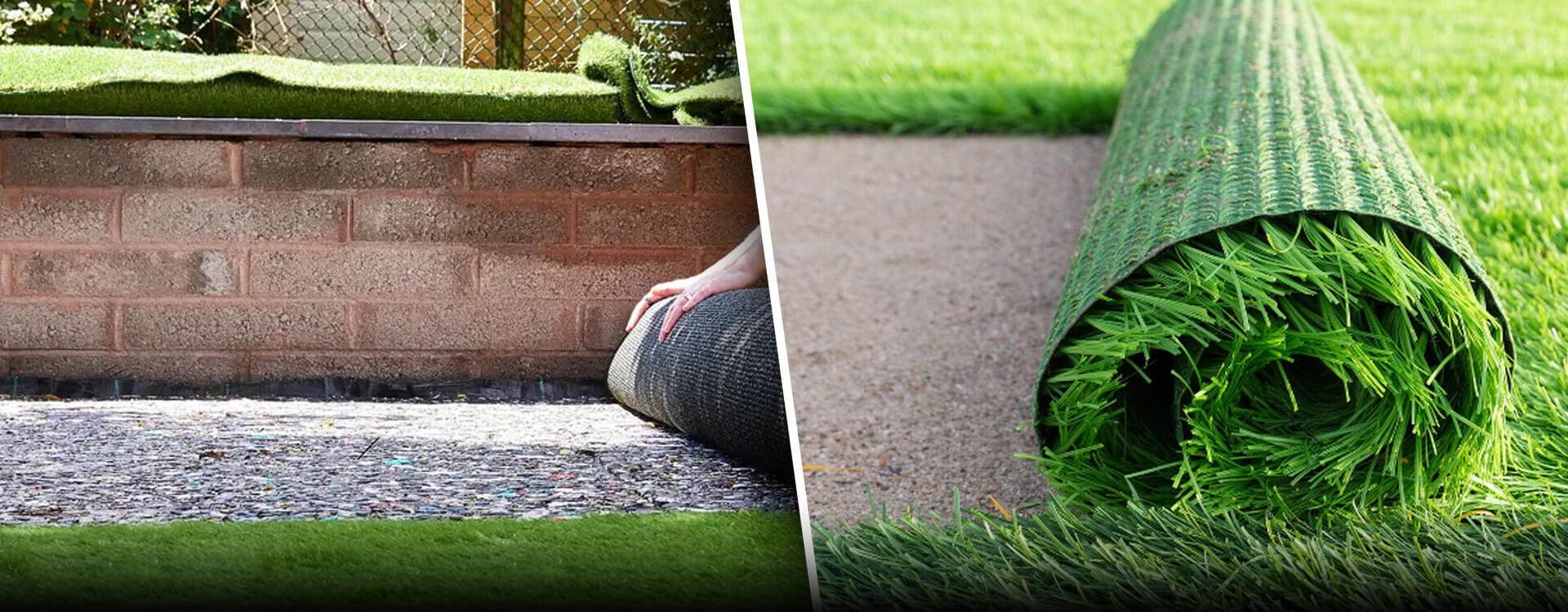Selecting the Ideal Edging System for Artificial Grass
2023-10-11
When installing Artificial Grass, a critical component of the process is choosing the right edging system. Edging systems play a dual role, serving as restraints for the groundworks aggregates and as anchoring points for your Artificial Turf's perimeter. While there are various options to choose from, each comes with its advantages and drawbacks. Here, we'll explore six types of edging systems to help you decide which one best suits your application and budget. 1. Pressure Treated Timber Edging Pros: Timber is a cost effective and easy to install edging material. It offers a secure surface to anchor your artificial grass and can be customized to your specific needs. Cons: Timber is susceptible to rot over time, with an expected lifespan of around 10 years. 2. Composite Plastic Edging Pros: Composite plastic lumber shares the ease of installation with standard timber but boasts a longer lifespan and resistance to rot. Many manufacturers offer up to 25 year guarantees. Cons: Composite plastic edging is more expensive, typically three to four times the cost of treated timber. 3. Pressure Treated Sleepers Pros: Sleepers serve as suitable edge restraints and can be used for retaining the sub base material. They also add visual interest to your garden. Cons: The cut edges of sleepers must be treated to prevent decay. While sleepers have long lifespans, they will eventually deteriorate. 4. Steel Edging Pros: Steel edging offers an extended lifespan compared to timber. It is easy to install and can be shaped to create curves. Cons: The cost of steel edging is on par with composite plastic, making it more expensive. Securing the grass with steel edging can be challenging, and it may require galvanized U pins. 5. Paving Pros: The edges of paving, such as block or brick paved edging, or an existing patio, can retain the sub base material. Cons: You cannot directly secure the grass to the paving. You may need to use galvanized U pins, or an alternative method, such as adhesive. 6. Concrete Gravel Boards Pros: When running your artificial lawn up to a garden fence, you can use existing concrete gravel boards as edge restraints. Cons: This option may make future fence replacement more challenging, and it may not secure the grass as effectively as other edging systems. Conclusion Selecting the right edging system for your artificial grass installation depends on various factors, including your budget and intended use. Composite plastic edging is an excellent choice for its durability, while treated timber offers a cost effective alternative. Sleepers and steel edging are suitable for those willing to invest more. Paving works well for decorative lawns with low foot traffic, while concrete gravel boards are an option when running the lawn up to a garden fence. If you have any questions about choosing the right edge restraint for your artificial grass or need further advice, please don't hesitate to leave a comment below. We're here to assist you in making the best choice for your project. Thank you for reading!




